
The Easiest Beginner-friendly Succulents To Grow Indoors
"These stylish plants are so drought-resistant that you may forget to water them for a few days, and they'll still look great when you remember."
“Succulents have become quite famous over the past few years for their drought-resilient benefits, with gorgeous shapes and looks. A pot with a succulent baby could complement your whole living space, as it's suitable to grow indoors and outdoors. If you're looking to start your green thumb indoors with no fuss, succulents are the best option you could find! Even though they were born in the desert, these plants do well even when they aren't cared for. This is because they can handle dry, sunny conditions. And, that's why these species are a green signal for newbies to start indoors.
There are hundreds of varieties to choose from, and we've done the job for you with this compiled list of easy and perfect succulents to grow indoors. And yes, thank us later, it's beginner-friendly too!
Zebra Plant (Haworthia Fasciata)

The "Zebra cactus," or Haworthia fasciata, has to be one of the easiest succulents to grow indoors. This plant species has its roots in South Africa. It is highly valued due to its low energy requirements and ability to adapt to any environmental conditions.
In different shades of green background decorated with white stripes, haworthias are stunning and would make eye-catching gifts. This succulent is easy to grow and is low-maintenance. Any newcomer would love to begin with this succulent for its tidy appearance, as you hardly ever have to groom this baby. The Zebra cactus not only brightens up the whole green thumb but also works well in mixed arrangements. Using a grainy cactus mixture to plant them is the best way to grow these babies healthy.
Water: Like any other succulent, zebra cacti need less water to thrive for a long time. Water only when the soil is largely dried out during the summer. And give them fewer showers in winter. These succulents can go weeks without water, so as long as you're giving the right amount of water at the right time to this stunner, you are good to go.
Light: Haworthias enjoy good ventilation with indirect sunlight. When the green colour of the succulent goes light and dull, they are not getting enough light, but red, purple, or yellow leaves usually notify you're giving them too much light. These thrive in moderate to average light in warm environments. Avoiding tight airless corners would be ideal.
Varieties: There are numerous varieties of Haworthia. Haworthia attenuata and Haworthia fasciata are called zebra cacti with white stripes. Haworthia margaritifera is also known as the pearl plant.
Our Haworthia collection here!
Aloe Vera

Aloe vera is not new to our folks; it's one of the best and most well-known succulents to all. Known for their fleshy, juicy leaves that are perfect to grow indoors, whether you decorate your kitchen shelves with these plumpy succulents or leave them on a desktop, they make a stunning aesthetic inclusion.
Aloe vera has so many benefits. It is widely known for its healing, soothing, and cooling properties. There are more than 300 species of them, and each one has its beautiful size, pattern, and shape. Aloe barbadensis is the most well-known house plant species. They boast thick, strappy, vertical leaves that have a juicy gel inside that cannot be consumed by pets or people. They are toxic to pets, so make sure to keep them away!
Water: They like occasional springs when the soil goes bone dry. Thanks to their thick leaves that store water. In the winter, they need less water because they go dormant and prefer to be left alone and unbathed.
Light: Aloe vera likes a sunny spot. They want to sit around in bright yet indirect sunlight, depending on the temperature. Rotate the pot periodically so they can get adequate sunlight from all angles. They are accustomed to a desert environment, so they don't mind taking up a bright spot in your house.
Varieties: With a wide range of varieties, aloe vera is a double-duty plant that gives a graceful look to the space as well as has medicinal and therapeutic values.
- Lace aloe is a small plant with white spots.
- Blue aloe is the largest plant with spiky silver-blue leaves.
- Tiger aloe is an exotic variety that is compact with short and smooth leaves ornamented with uneven white stripes.
Check out our aloe vera!
Jade Plant (Crassula)

Jade plants are all the rage in succulents, easily available to bring a few to your home. Jade plants come in different structures, colours, and shapes. The most common ones have thick woody stems and oval-shaped leaves that are lovely to look at. Jades were said to bring fortune and prosperity to their owners.
Jade plants are also beginner-friendly and have no-fuss succulents. They make good housewarming gifts, adding to their physical appearance that they are similar to miniature trees. They don’t do well in frosty temperatures, so exposing them to the cold will cost them their lives. Yet they grow well even at room temperature. Jade thrives in well-drained soil, and watering these succulents properly is very important to keep in mind.
Water: In summer and spring, these succulents likely take in more water than in the fall and winter. Jade plants are easily prone to root rot, so one must be careful while watering them. The best thing about jade plants is that they are kind enough to remind you if they need to be watered as their leaves will slightly look puckered. If that's the case, give that baby a little splash and leave them to be. Avoiding splashing water on their leaves will help in preventing fungal infections. Another worthy point to note is to not give them a shower immediately after repotting.
Light: Crassula loves sunlight. They love to lounge around in indirect, sunny spaces. Mature crassulas can handle more sunlight than little ones. But when exposed to extreme sunlight, it leads to scorched leaves.
Varieties: Native to the African region, crassula comes in many varieties. The most commonly grown indoor jades are:
- ET's fingers: have tubular leaves touched with red tips
- The Tricolour jade plant: has leaves with white and cream colours
- Hummel's Sunset: is an exotic variant with mesmerizing yellow and red-tipped leaves that represent sunsets.
Buy our crassula succulents!
Gasteria

One of the rare plant species, Gasteria, sometimes called the "Ox-tongue," thrives better in a low light situation than any other succulent could, so this will be your best choice indoors. These come in various forms, colours, and patterns and are originally from South Africa. Gasteria plants look tidy and have bumpy, rough-textured leaves that store water and can go weeks without drizzles. Mature gasteria give birth to offspring that have tubular, curvy-looking flowers in spring or winter.
Most of these succulents are slow-growing and remain compact and small, so they will not require much space and can survive in bright sunlight. Gasteria likes to be planted in a dry, sandy mixture. A good drainage pot will help keep your gasteria healthy and alive. These are exotic-looking varieties of succulents that make a stunning add-on to your green thumb and overall living area. They are also toxic-free for cats and dogs!
Water: Gasteria doesn't require much water, and less is more for them. They are prone to fungal infections due to water storage on the leaves. So, water only after they go through the drought phase.
Light: These succulents enjoy bright light and don't like the harsh sun. They tend to stretch out if not given enough light. However, they tolerate low-light conditions. They will be grateful if you keep them out of the hot sun.
Varieties: Gasteria comes in about 20 species and varieties that have exotic, surreal looks, like-
- The little warty grows to an average of 4 inches in height with rough pointed leaves that remain small.
- Carinata verrucosa has thick, long leaves with spotted white warts.
Donkey's Tail (Burrito Sedum)

The donkey's tail is a gorgeous trailing succulent that would be perfect to hang from a basket on your shelf. These have stringy and dangly leaves that are sensitive and extremely fragile. A donkey's tail would appreciate negligence. After you pot them, it's quite good to forget about them and to leave them be, as they are a low-maintenance succulent which needs no constant repotting every once in a while.
This succulent has a fleshy tear-drop shape to its leaves and comes in a blue-greenish colour that looks fresh and lovely. This is a great succulent to decorate your place with as it can hang and trail and adapt to any shape it wants. A donkey's tail doesn't necessarily need attention and is quite forgiving when you forget to water it. They look amazing in a taller pot that allows them to flow around and are toxic-free to pets and babies.
Burrito sedum plants enjoy some sunny days and low light conditions, and they don't mind frosty temperatures, though they prefer warmth. One should keep this sensitive baby away from naughty hands, as they can break easily even with a slight touch!
Water: A donkey's tail is forgiving in watering situations, but they prefer a few sips in the winter and occasional drinks in the spring and summer.
Light: These love the sunny side of your house, though they manage to thrive in diffused light. So leave your donkey's tail in its proper place and try not to bother them too much.
Hens-and-Chicks (Sempervivum Tectorum)

Hens-and-Chicks is one happy little succulent family that has its origins in Africa and Europe. It's an exotic plant to add to your succulent collection that has leaves that are symmetrical and pleasing to look at. Hens-and-Chicks have the appearance of fleshy, pointed leaves that are grouped into rosettes. This succulent variety does well in a bright light spot and would appreciate a place near a window that gets the most bright sunlight. The name Hens-and-Chicks denotes the appearance of this plant as the parent rosette in the middle is called the hen, and its offspring are the chicks that grow outside the parent rosette.
This succulent is an aesthetic addition to your indoor space that makes a great houseplant with its reddish-purple-coloured flowers. This plant has quick growth and is suitable to plant in springtime. A good, spacious pot with drainage is all that this little family needs from you to let the roots grow deep around them and give birth to more little chicks. These are completely toxic-free families for our pets and kids.
Water: House leeks will be fine without water for days and weeks, as they are drought-tolerant succulents. Periodic watering is ideal after the soil goes dry. Over-watering should be avoided to prevent root rot. They don't need much watering or fertilizer.
Light: The happy little hens and chicks enjoy full to partial sunlight, but they require some time in the full sun every day to allow them to produce plenty of offsets. They go dormant when the temperature drops and are quite tolerable in dry weather.
Varieties: This gorgeous rosette succulent comes in huge variants and some of the popular ones are:
- Launcelot, which has brown leaves
- Black comes with green leaves with statement purple tips
- Bernstein is a variant with copper and golden leaves
- Pelora has distinctive bullet-shaped leaves
- Claudia comes in a large rosette with red leaves
- Terracotta babies have vibrant orangey foliage.
Snake Plant (Dracena Trifasciata)

Dracena Trifasciata, also known as Snake Plant, is a popular and beautiful succulent that grows vertically and is hardy. Snake plants are a must-have for your indoor green collection as they are easy to grow but hard to kill succulents. They do not demand much water or sunlight but appreciate good sunlight exposure, which boosts their growth. It's a resilient succulent that has a strange name—"mother-in-law's tongue." These are sturdy, tough, and indestructible plants that thrive even if you quite literally forget about them.
Snake plants are mesmerizing with their looks. They come in different colours, shapes, and sizes. A long, stripy pattern on a slender vertical leaf is a great thing to look at in your living area. This succulent comes with hard-to-kill roots to thrive even in poor soil conditions, but it's best to give them a loose and well-drained mixture to stay.
Snake plants, contrary to their name, are beautiful plants with amazing benefits. Scientists have proven that this succulent purifies and filters the air around us. A sturdy pot with a drainage system is all that this strong plant demands as the roots of snake plants are hard and thick, which could sometimes even break a weak pot! It will be a graceful add-on to a tabletop display or even on the floor. These are easy to propagate, so you can make baby snake plants hassle-free!
Water: Snake plants need water only when the soil is rocky and dry. It can go weeks and weeks without water and prefers no drinks in winter. In the growing season, it's ideal to use a mild, gentle cactus fertilizer once a month, but not in winter. It is a drought-resilient succulent that may die from over-watering because of root rot.
Light: Snake plants love humid and warm conditions and will suffer during frosty times of the year. It's ideal to give them enough sunlight to promote their growth. They are, however, prone to infectious invasions like mealybugs, mites, gnats, and scales.
Ponytail Palm (Beaucarnea Recurvata)

The Ponytail palm is not typically a palm tree, but it's a graceful-looking bushy succulent that would be the star of the show if she was in your space. With its long, flowing, leathery leaves and woody stem, the Ponytail palm does look like a girl's ponytail. These plants grow extremely slowly, and it's a suitable option for a neglectful plant parent. It will be an interesting and stringy add-on to your desktop or a corner. It's also non-toxic to dogs and cats.
The Ponytail palm comes from dry parts of Central America and can be grown outside or inside. These plants enjoy full-on bright, indirect sunlight and will thrive if situated in an indirect sunny space. Not to mention, this is also a drought-resilient plant that will be fine in dry climates with moderate watering. Ponytail palms seldom flower, but they do grow long, lean, and stringy leaves that would make a statement wherever they are kept. It's not so easy to propagate this succulent but when it produces a "pup," you can separate the baby plant from the parent and let it be independent
Water: Moderate watering is well appreciated for this plant, which will be fine even if you forget to water it. Fertilizer can be used during the growing season and not in winter. Yellow foliage or a mushy trunk means overwatered and it will also cause root rot and fungal problems in the stem.
Light: This succulent thrives in dry soil and the full indirect sunny shade. It loves a vacation outdoors, but this kind and the forgiving plant is good even if you keep it in light shade areas.
Conclusion: You don't have to be too specific or cautious when selecting a succulent. That's why these little charmers will be easy to start your green space, even if you're a beginner. Bring some of these little sucs to your home and thank us later when you receive lots of compliments on your aesthetic indoor space!

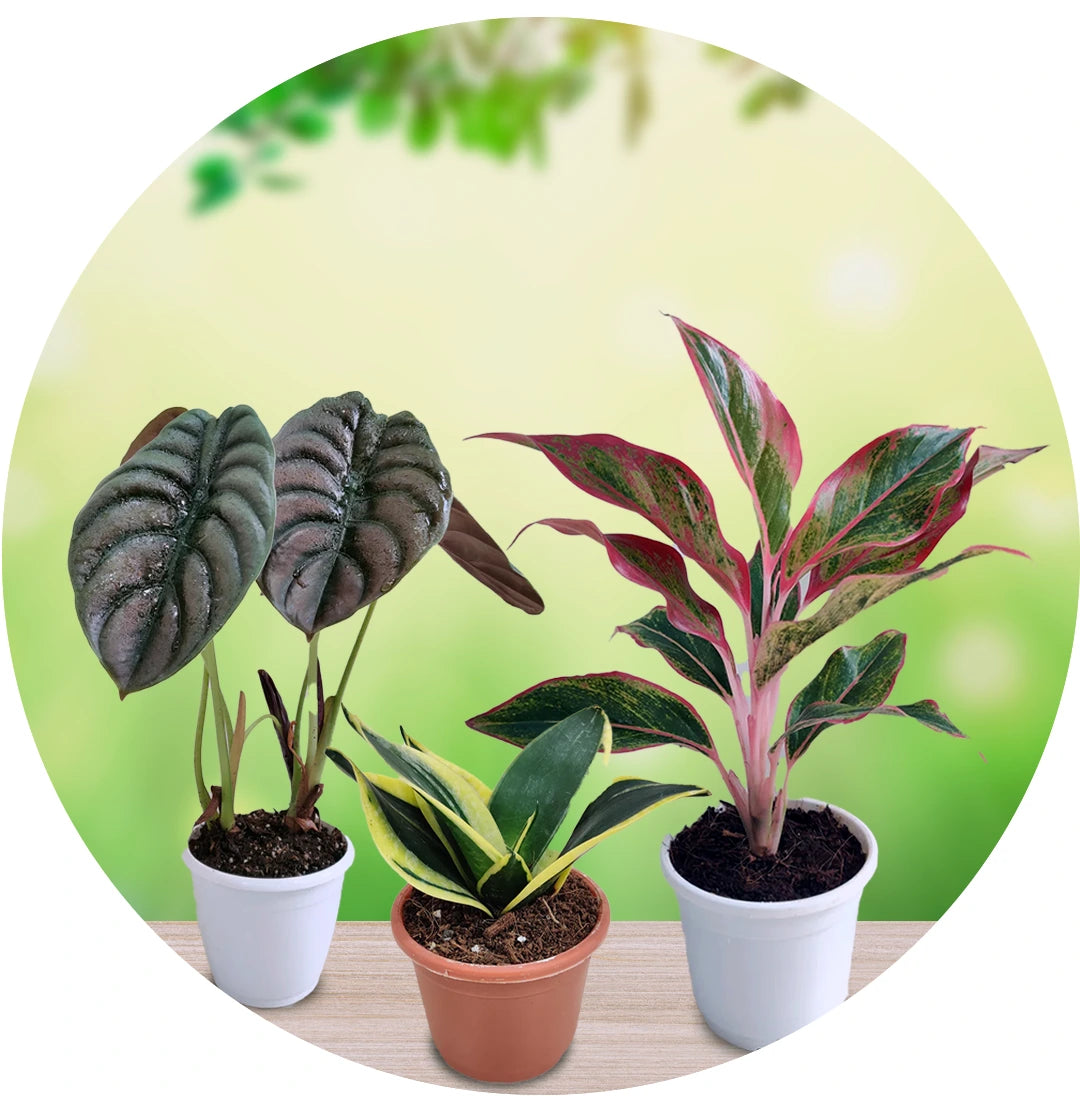
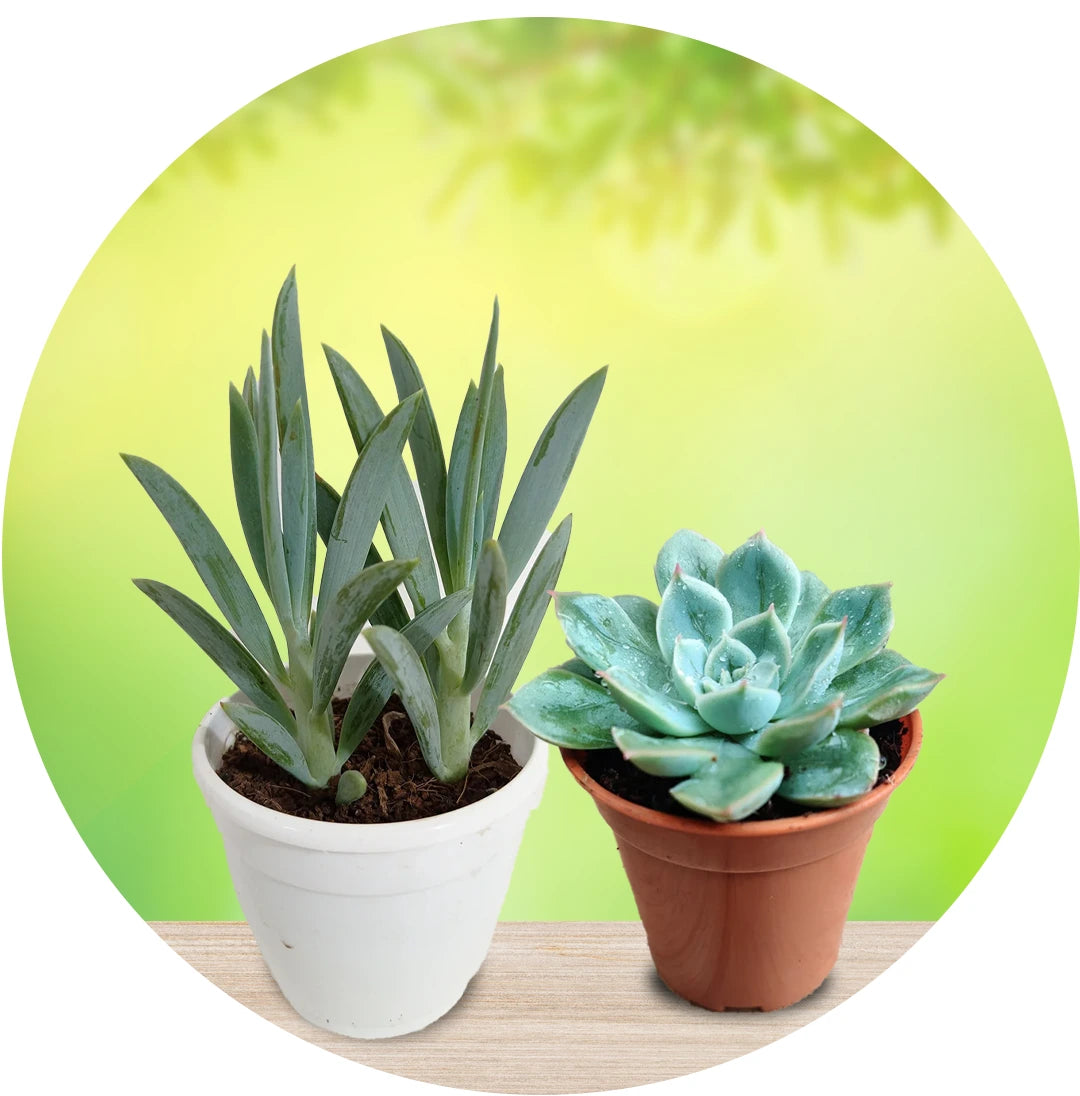
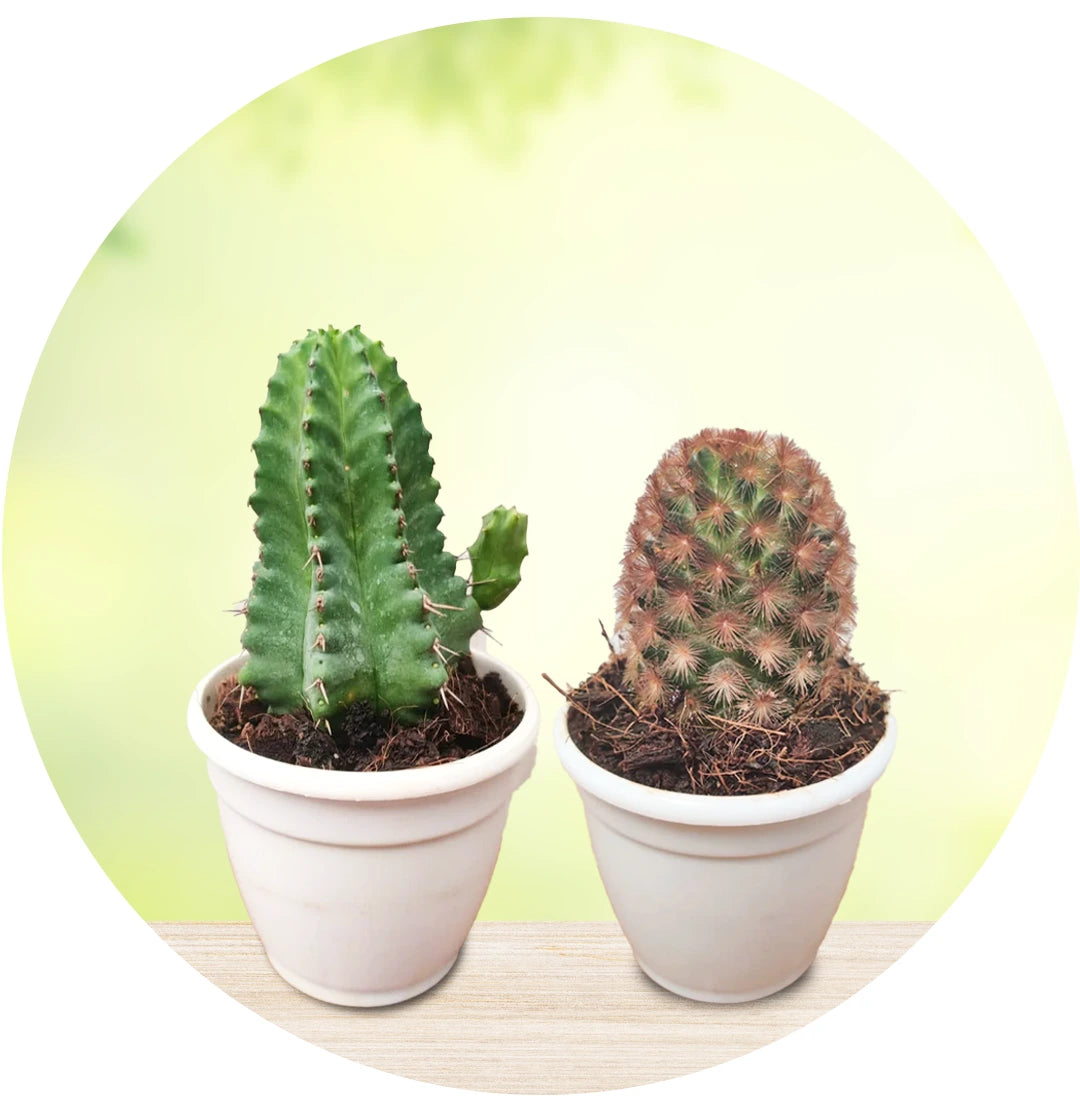
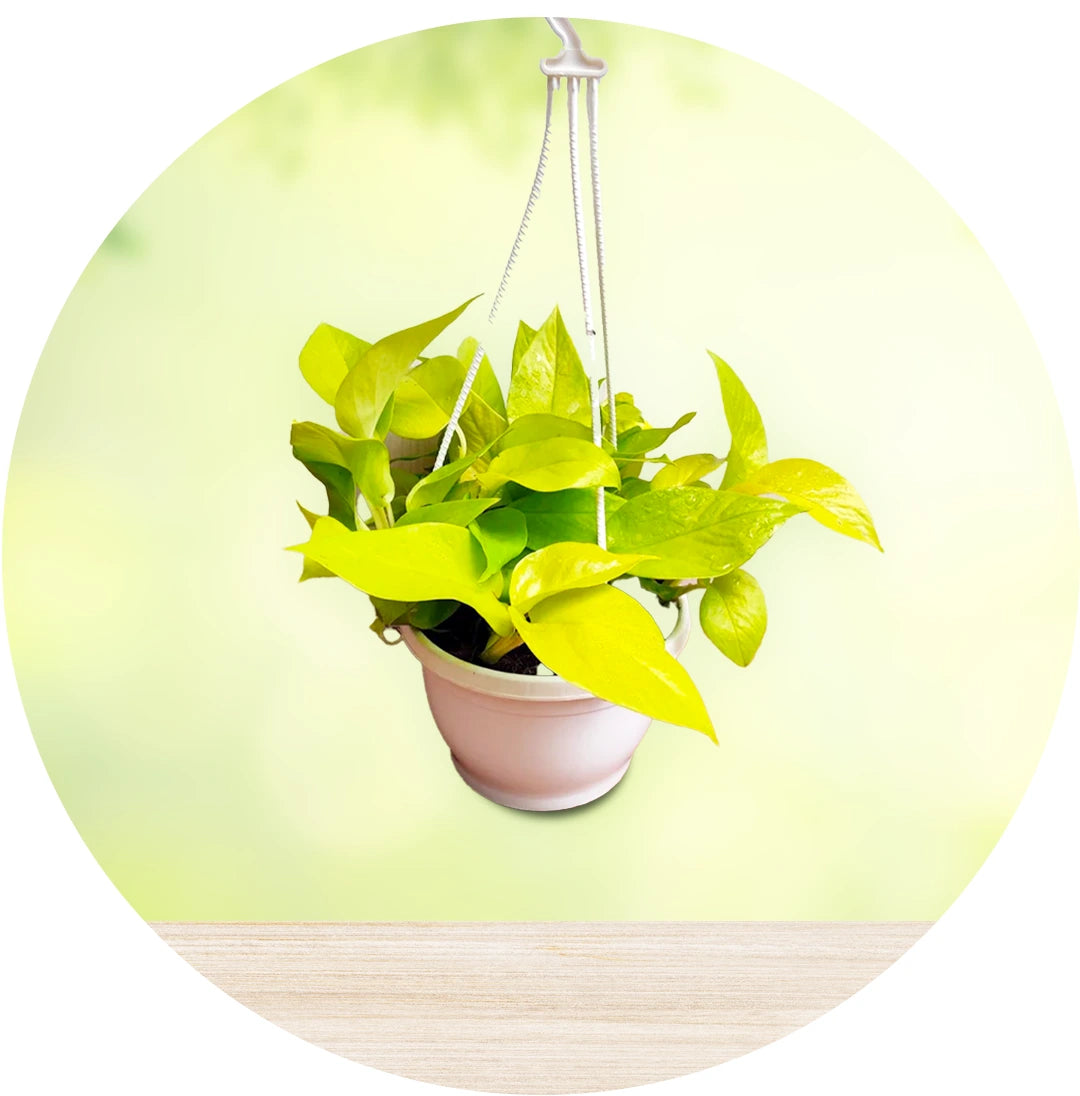
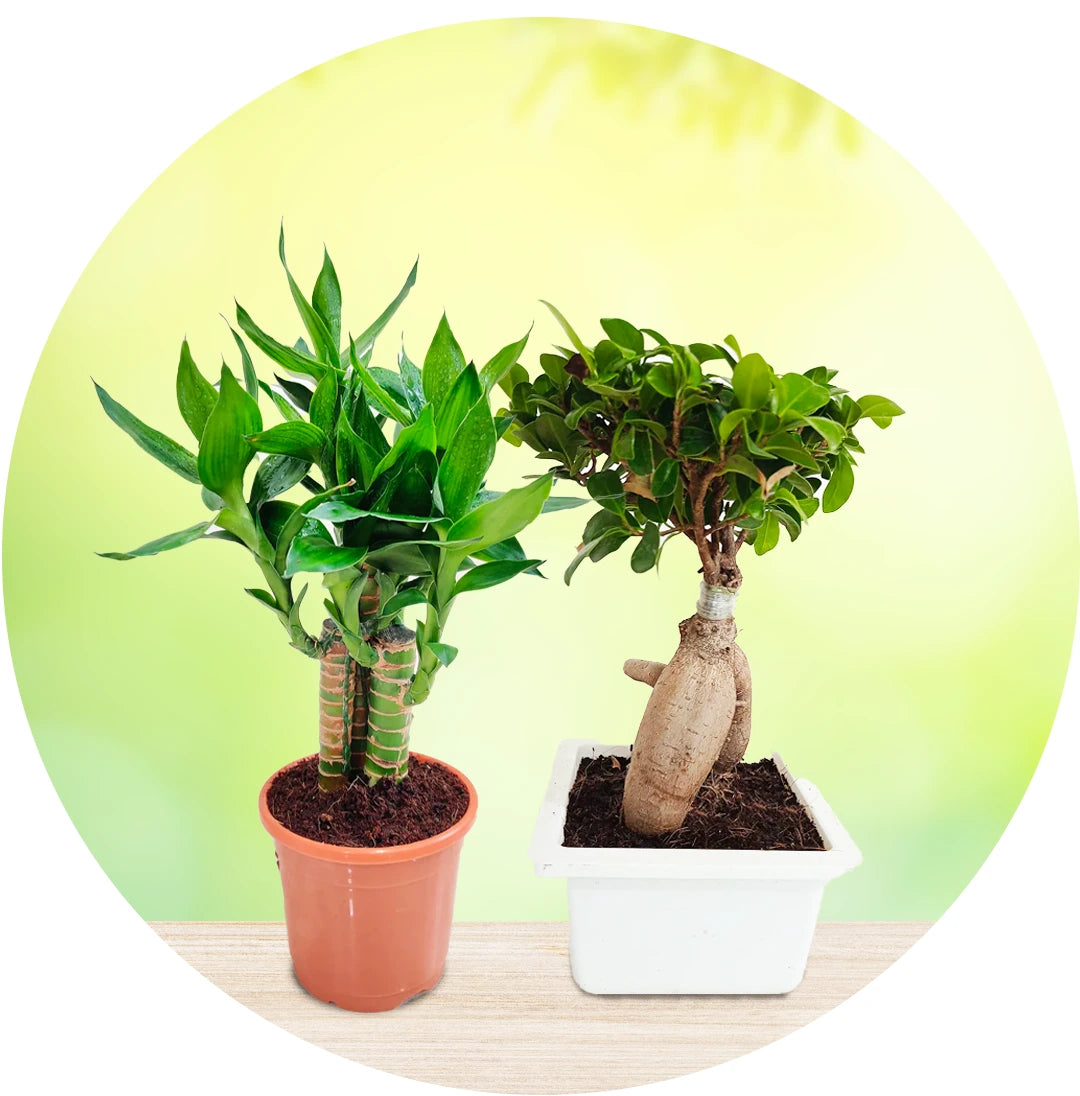
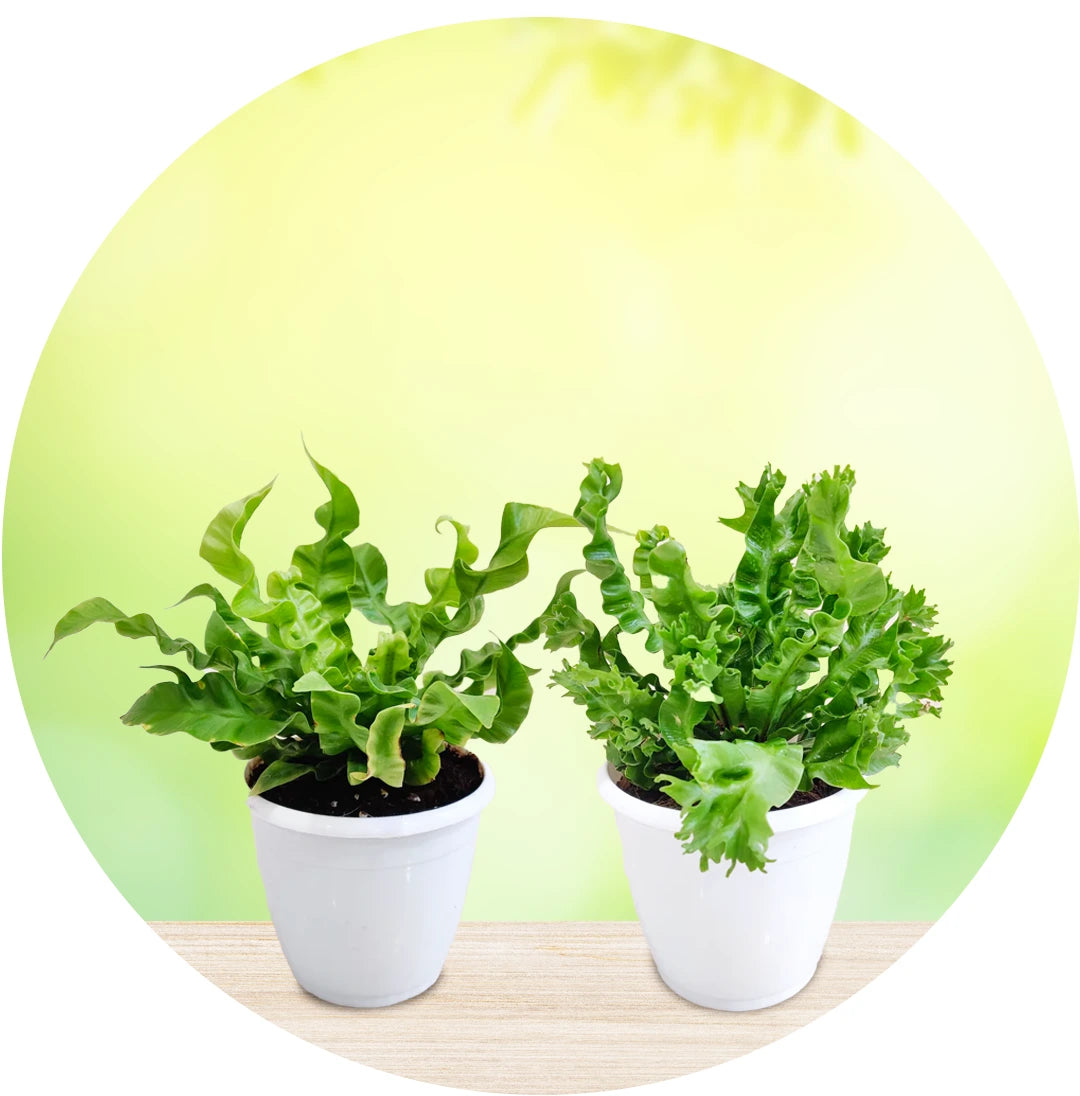
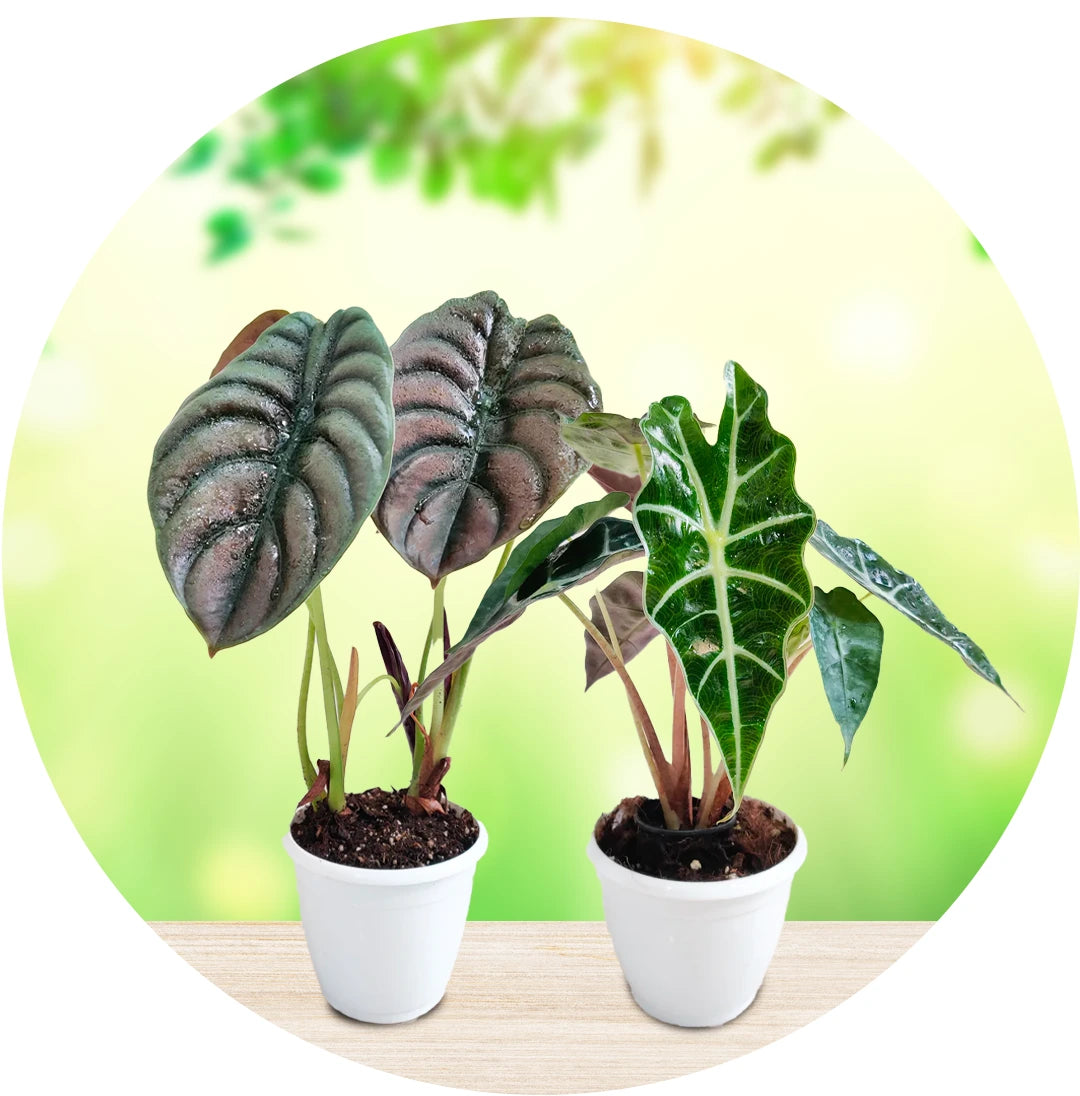
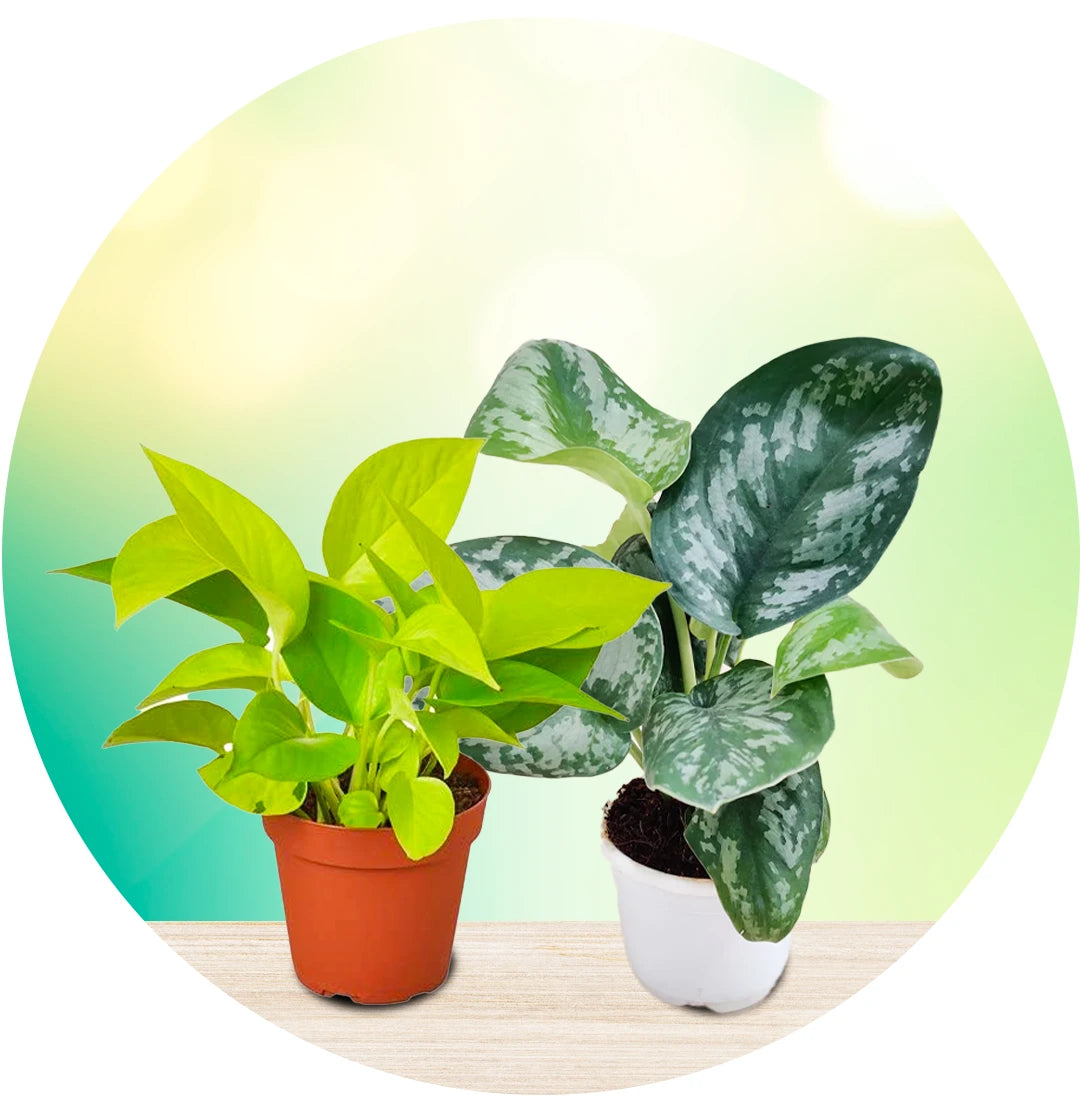
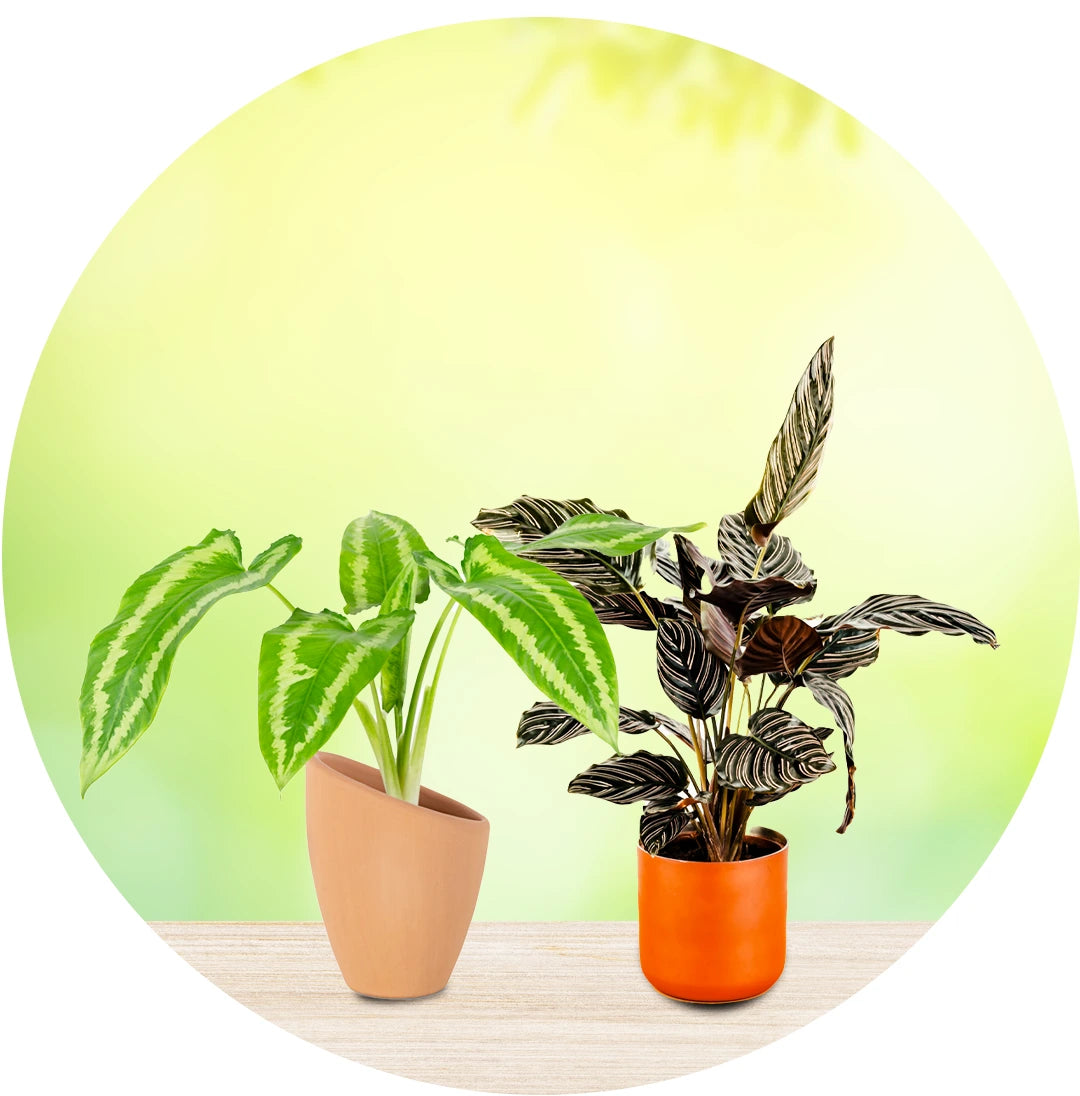
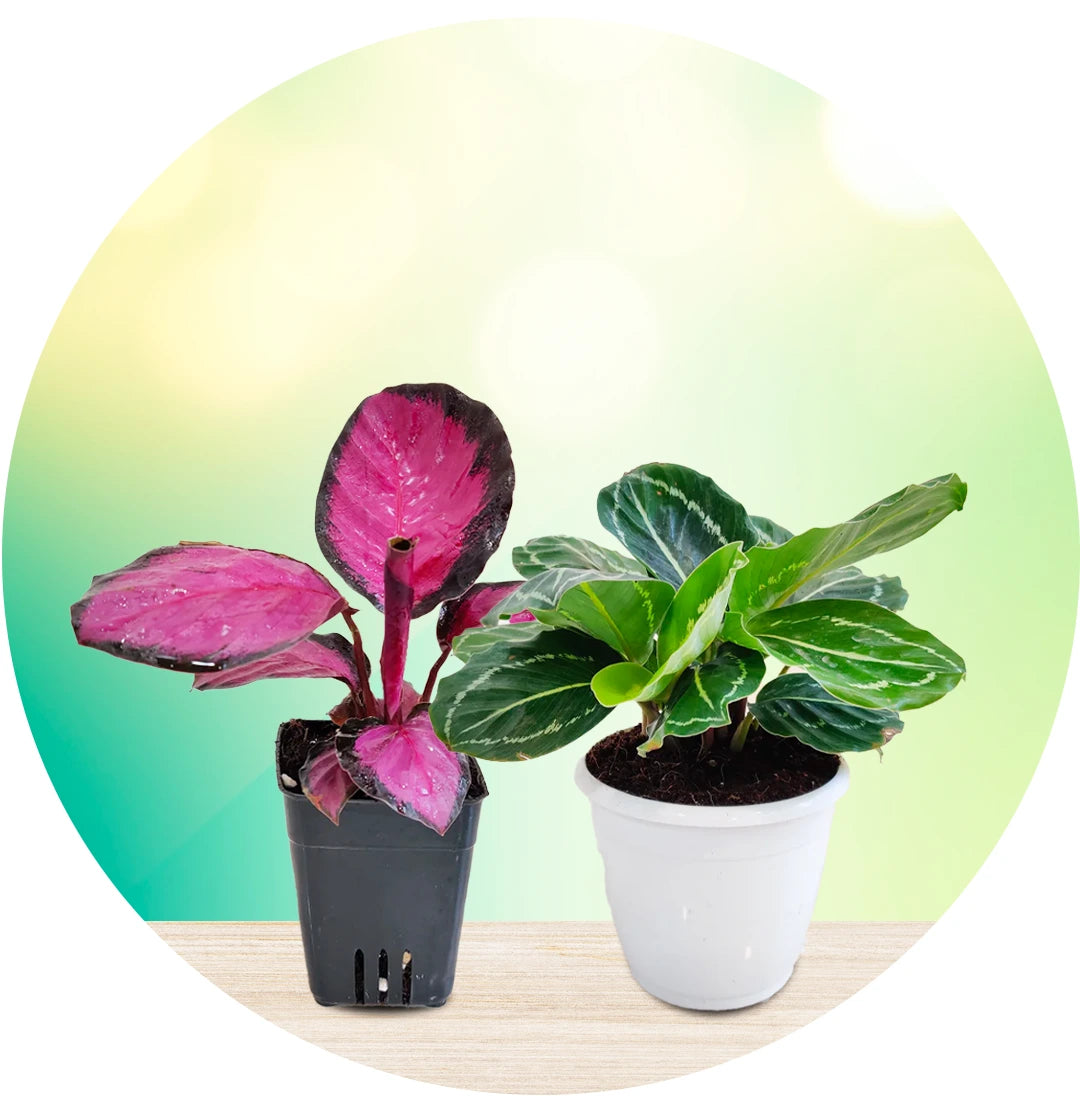
Leave a comment